Share
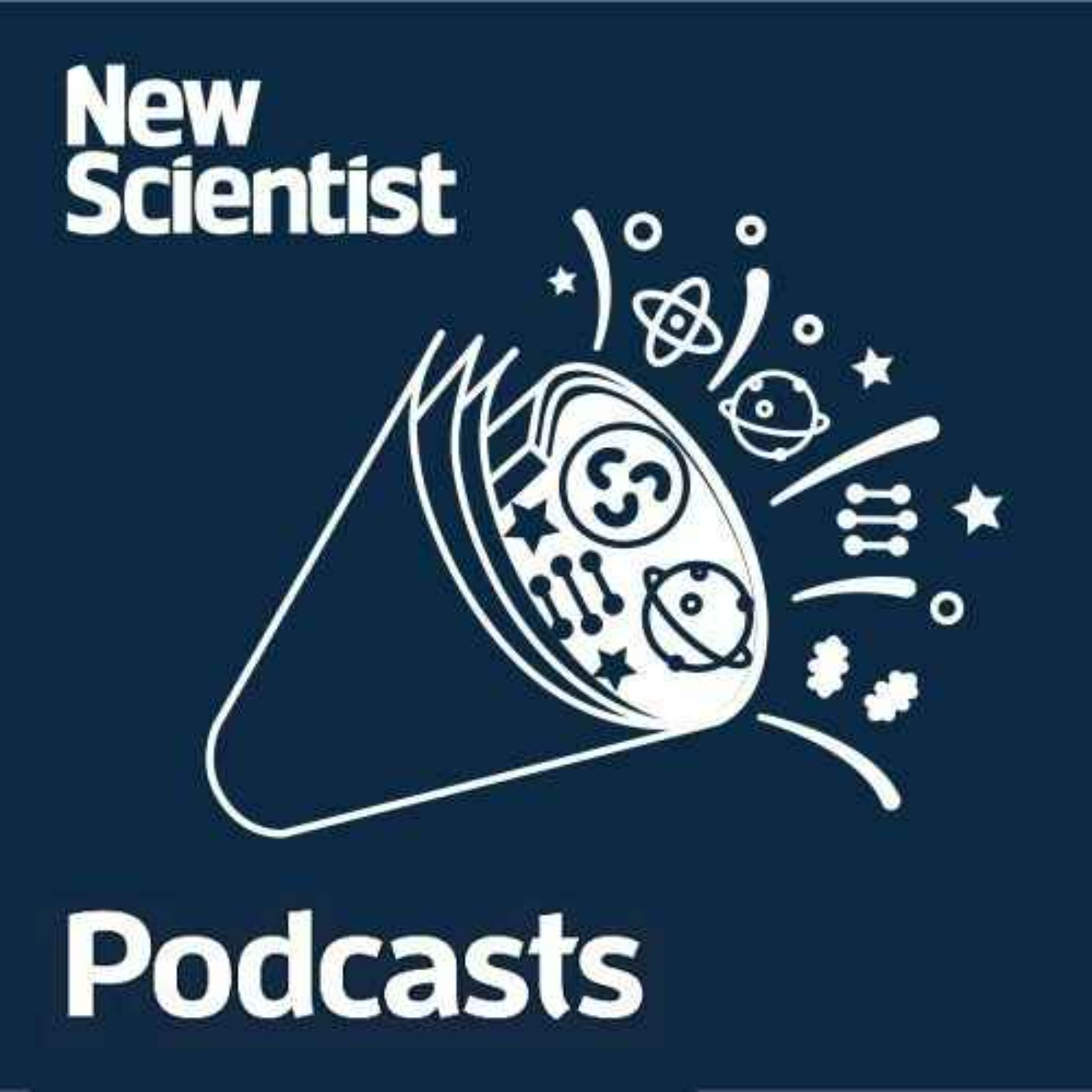
New Scientist Podcasts
CultureLab: Free will doesn’t exist? Robert Sapolsky’s vision to reshape society
Would you feel uneasy or relieved to know that free will doesn’t exist? For those who have been fortunate in life, it may feel an attack to suggest they are not captains of their own ships - that their success was down to biological and environmental chance. But for others it may feel a lot more liberating.
Robert Sapolsky is an author, eminent neuroscientist and professor at Stanford University, known by many for his work studying baboons and human biology. But his latest book is much more associated with the field of philosophy. Determined: Life Without Free Will explores the notions of choice, responsibility and morality, arguing that free will does not exist and why acknowledging this should cause us to rethink the fundamentals of human society.
In this episode of CultureLab, Timothy Revell asks Sapolsky why humans are so-hardwired to believe that free will does exist, how our understanding of free will has shifted over the years and whether we could avoid societal collapse if everyone began believing their actions are not their own.
To read about subjects like this and much more, visit newscientist.com.
More episodes
View all episodes

249. Weekly: Do sperm whales have an alphabet?; Why dark energy is so weird; US bird flu outbreak
25:17#249Do whales have their own alphabet? We’ve long thought the clicking sounds that sperm whales make is their way of chatting to each other, but those clicks may be even more sophisticated than we realised. After analysing whale recordings, researchers suggest the different click patterns are complex enough to form an alphabet – the closest thing to human communication we’ve yet seen in animals. We know very little about dark energy – and it turns out we may know even less than we thought. This mysterious force, which accelerates the expansion of the universe, may be changing in an unexpected way, calling our entire understanding of cosmology into question. This discovery by the Dark Energy Spectroscopic Instrument in Arizona could make room for some exciting new physics.There’s a bird flu outbreak in the US, spreading through herds of dairy cows in nine states. One dairy worker in Texas has even tested positive, though has also recovered. Underreporting and insufficient testing mean we know very little about how fast the virus is spreading. And as officials warn against drinking raw milk, how worried should we be? Quantum batteries, while mostly still theoretical, could make charging your phone or electric car unimaginably fast. Researchers are looking at the quickest way to charge these batteries, harnessing the advantages of quantumness – like charging in two different places at once. Plus: Which breeds of cats live the longest; good climate news as renewable energy crowds out gas and coal; why reaching out to long-lost-friends is so hard.Hosts Christie Taylor and Timothy Revell discuss with guests Clare Wilson, Molly Glick, Grace Wade and Leah Crane. To read more about these stories, visit newscientist.com.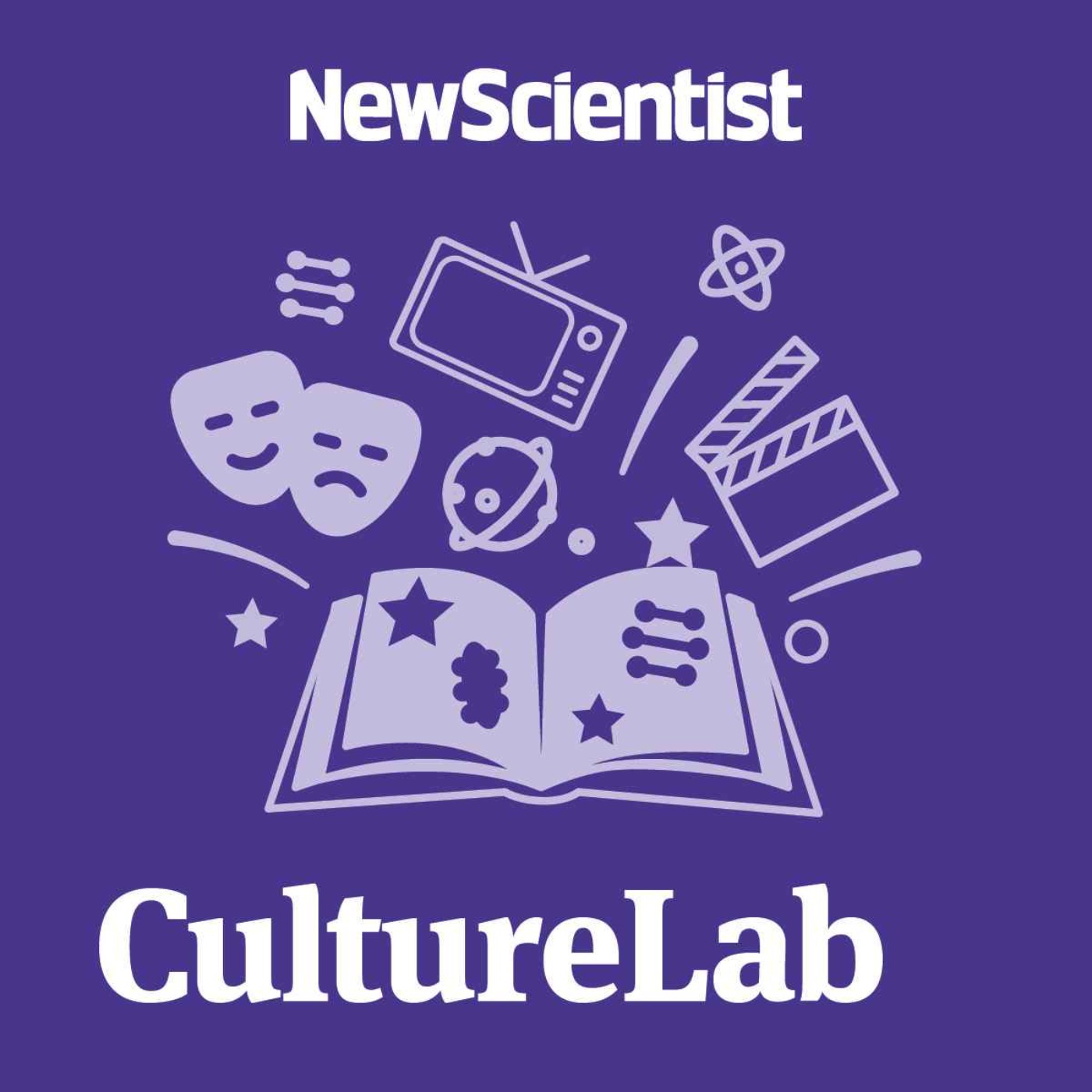
CultureLab: Elizabeth Kolbert on what we’re missing in the fight against climate change
32:48How do we understand the stakes of climate change, and communicate them? As we’re facing the consequences of climate change and our historical inaction as a species, how do we come to terms with the reality and uncertainty of our situation?In H is for Hope: Climate Change from A to Z, Journalist and Pulitzer Prize-winning author Elizabeth Kolbert breaks things down for us, alphabetically. She dissects the narratives around climate change, from sobering facts about our warming planet, to innovations to fuel our optimism.In this episode, Kolbert reminds us how dangerous our current situation is, and what we are missing in this fight – including gaps in our understanding of how fast the climate is changing. Plus, the role of narratives in shaping how we decide to act. To read about subjects like this and much more, visit newscientist.com.
248. Weekly: Is climate change accelerating?; Anger vs heart health; New sensory organ
29:48#248Last year marked the hottest on record, shattering previous temperature benchmarks across both land and sea. The rapid escalation – seemingly at odds with the expected cooling after coming out of a La Niña cycle – has prompted scientists to question if climate change is accelerating beyond our models' predictions Just eight minutes of anger can significantly impair blood vessel function and potentially increase the risk of a heart attack. A study has looked into the physiological mechanisms of how intense emotions can affect cardiovascular health.GPS jamming continues to increase in European airspace, a concerning trend that has intensified since Russia's 2022 invasion of Ukraine. Now, attacks in Estonia have prompted one airline to completely abandon flights to the city of Tartu. We discuss the implications for civilian and military aviation and the potential need for alternative navigation technologies.Birds do it, bees do it and so do many species of fly – it’s pollination. In fact, migrating flies play an even bigger role in pollination than we thought. These tiny travelers contribute to ecological diversity and resilience by transporting pollen over vast distances.Plus: A newly discovered sensory organ in praying mantises, used specifically for tasting leaves; the possibility of carbon negative cement; and just how thick is the boundary between air and water?Hosts Christie Taylor and Timothy Revell discuss with guests Madeline Cuff, Clare Wilson, Jeremy Hsu, and Michael Le Page. To read more about these stories, visit newscientist.com.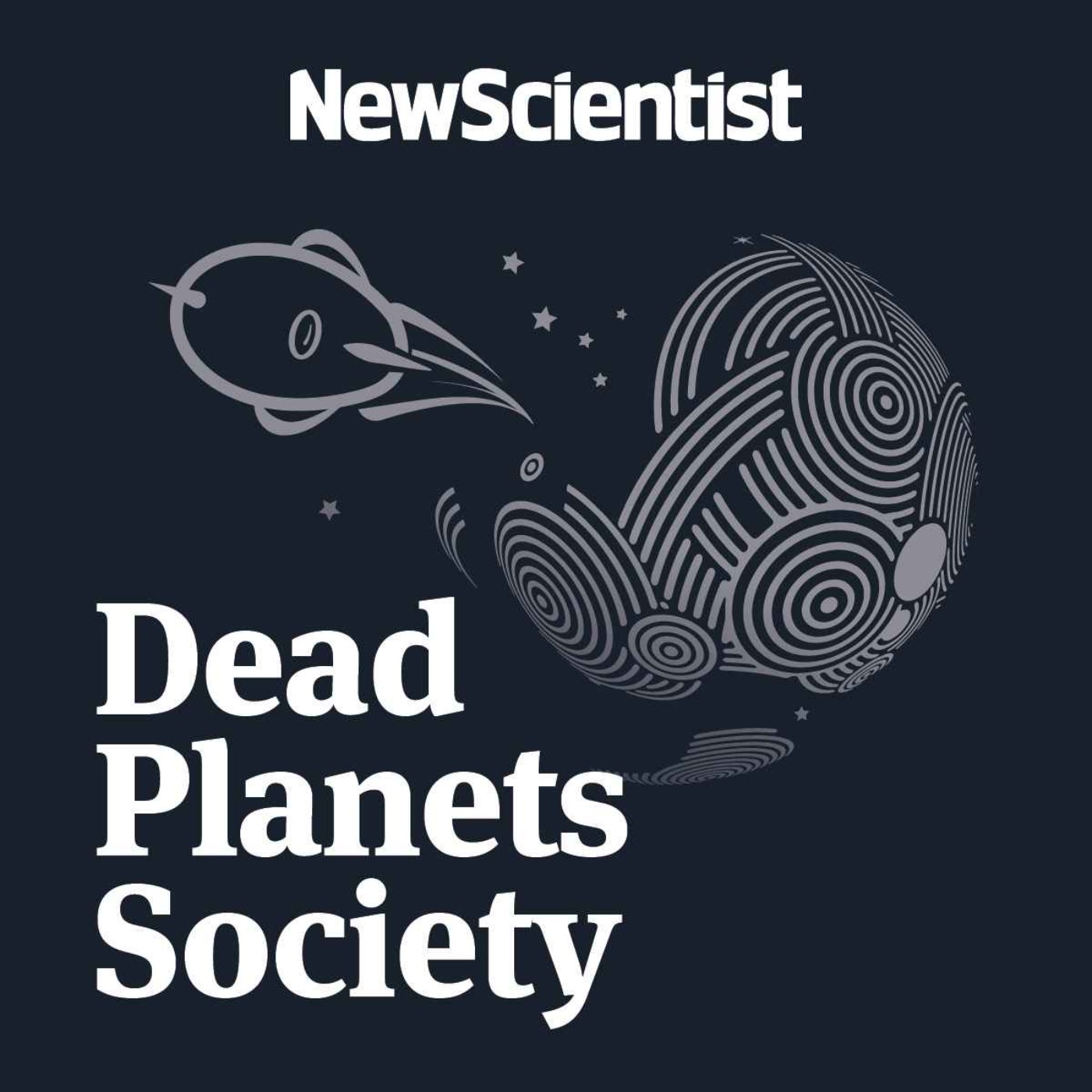
2. Dead Planets Society: A Neverending Solar Eclipse
23:33Did you miss out on the recent total eclipse? Don’t fear, we’ve got the solution. We bring you the constant solar eclipse.Chelsea Whyte and Leah Crane have decided not to destroy the Sun this time. Instead, they just want to block it from view at all times. But it’s all in the name of good – so everyone gets to experience the same “primal fear” Leah did when she first saw an eclipse.What starts with a modest-sized sunshade in low-Earth orbit creating 5 second eclipses, quickly turns into moving entire planets at the risk of all life on Earth. With the help of astronomer Bruce Macintosh from UC Santa Cruz, they also create the biggest piece of art ever made and call on the help of the world’s knitters.Dead Planets Society is a podcast that takes outlandish ideas about how to tinker with the cosmos – from punching a hole in a planet to unifying the asteroid belt to destroying the sun – and subjects them to the laws of physics to see how they fare.Your hosts are Leah Crane and Chelsea Whyte.If you have a cosmic object you’d like to figure out how to destroy, email the team at deadplanets@newscientist.com. It may just feature in a later episode.
247. Weekly: What India elections mean for climate change; why animals talk; “tree of life” for plants
33:10#247What does India’s election season mean for climate change? Last year India overtook the European Union as the third largest annual emitter of greenhouse gases. And as voters head to the polls in the middle of an intense heat wave, it’s critical whichever party wins continues to push towards the goal of net zero emissions by 2070. But as the country continues to invest in expanding coal power, is that target achievable?Animals of all kinds communicate in so many different ways, but what are they saying to each other? Arik Kershenbaum is the author of Why Animals Talk, and has been studying everything from wolves to gibbons in their natural habitats. He explains what he’s learnt about animal communication and shares some of the sounds he’s captured during his travels. Hear the haunting howl of a lone wolf, the crescendo of a gibbon chorus and more.There’s no such thing as empty space. Quantum theory says where there looks to be nothing, there is always something – namely a soup of particles and antiparticles flickering in and out of existence. And researchers have, for the first time, used these quantum fluctuations to create tiny, self-assembling devices that can manipulate light.Botanists at Kew Gardens have mapped what’s known as a “tree of life” for over 9500 species of flowering plants. This work gives us the most detailed look at the origins and evolutionary history of these plants to date – and could tell us about their future too.After 5 months of radio silence, NASA has made contact with its Voyager 1 spacecraft again. We recap the epic story of the Voyager mission, which launched 46 years ago, and find out how engineers managed to fix a spacecraft that’s currently 15 billion miles away in interstellar space.Hosts Christie Taylor and Rowan Hooper discuss with guests James Dinneen, Karmela Padavic-Callaghan and Chen Ly. To read more about these stories, visit newscientist.com.Consciousness event: newscientist.com/newyorkmind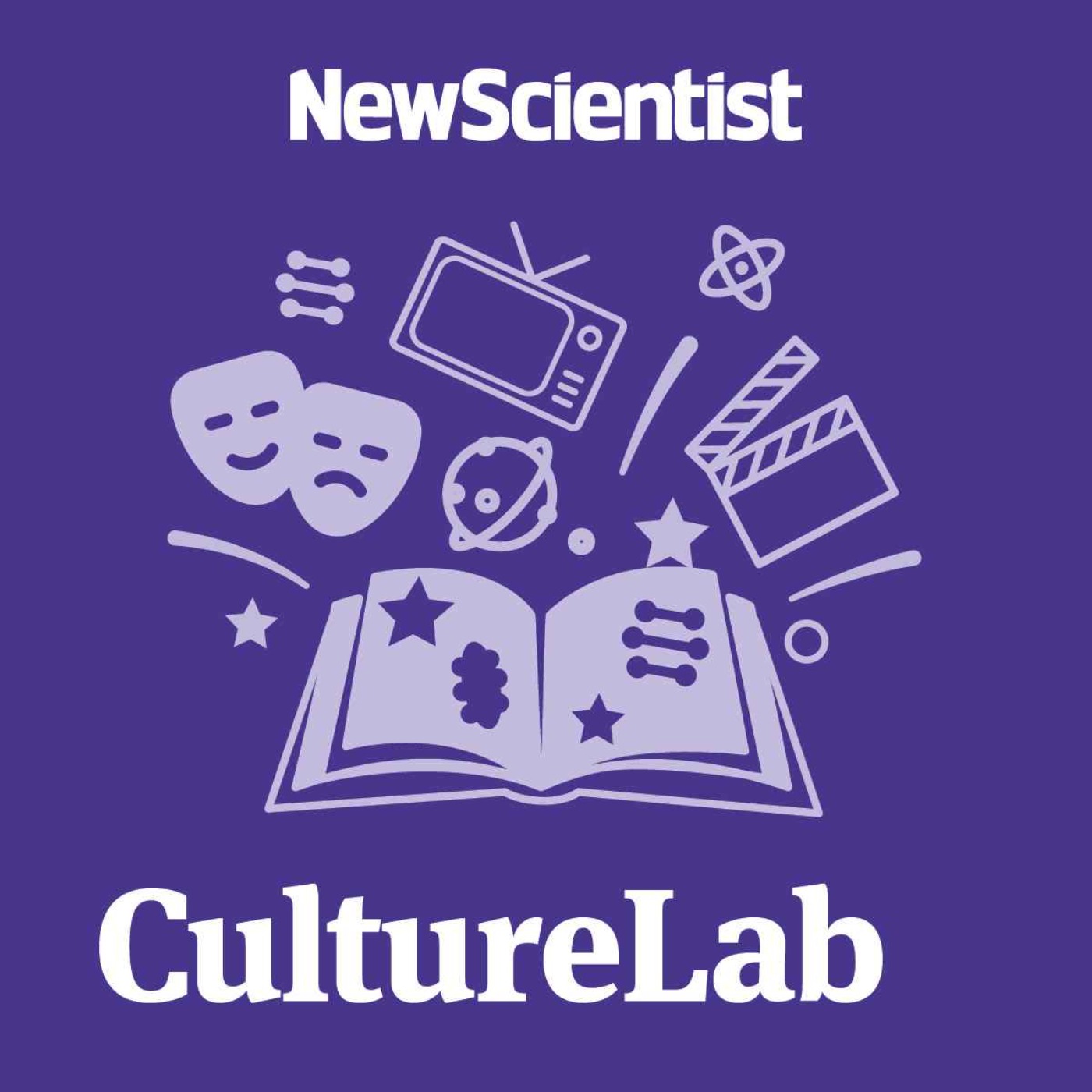
CultureLab: Meredith Broussard on trusting artificial intelligence
28:27How much faith should we be putting in artificial intelligence? As large language models and generative AI have become increasingly powerful in recent years, their makers are pushing the narrative that AI is a solution to many of the world’s problems.But Meredith Broussard says we’re not there yet, if we even get there at all. Broussard is the author of More than a Glitch: Confronting Race, Gender, and Ability Bias in Tech. She coined the term “technochauvinism,” which speaks to a pro-technology bias humans often have, where we believe technological solutions are superior to anything else. In this episode, she tells New Scientist’s Sophie Bushwick that our trust in AI systems could have devastating consequences.From discriminatory mortgage-approval algorithms, to the racial biases of facial recognition technology, to the misinformation that appears in chatbots like ChatGPT, Broussard explains why there’s no such thing as trustworthy AI. And she discusses the need for greater education about AI, to help us separate reality from marketing.To read about subjects like this and much more, visit newscientist.com.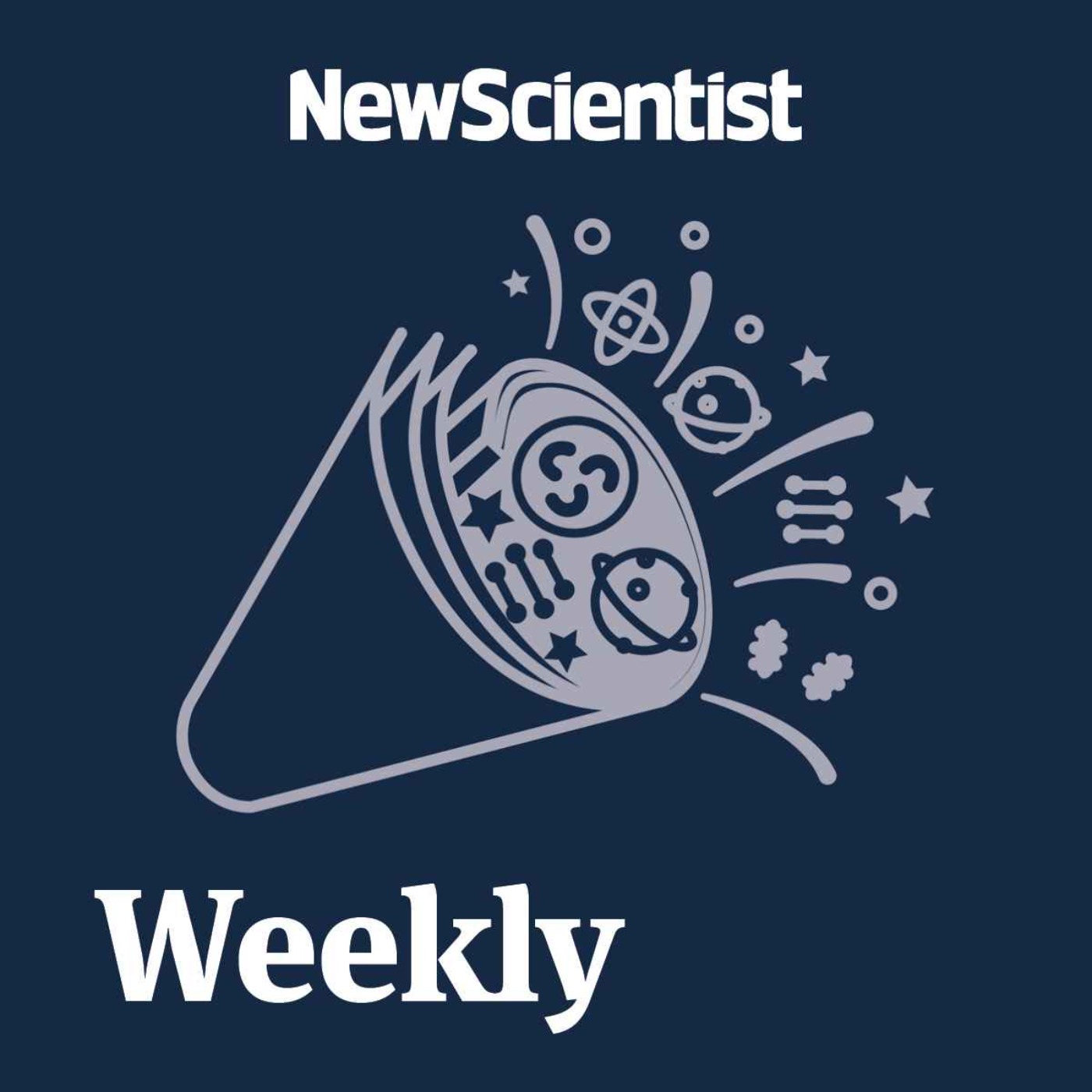
246. Weekly: Carbon storage targets ‘wildly unrealistic’; world’s biggest brain-inspired computer; do birds dream?
33:01#246Our best climate models for helping limit global warming to 1.5oC may have wildly overestimated our chances. To reach this goal, models are relying heavily on geological carbon storage, a technology that removes carbon from the atmosphere and places it underground. But it may not be nearly as effective as models have suggested, making the task of decarbonising much more difficult. Do we need to rethink our approach?Intel has announced it has constructed the world’s biggest computer modelled on the human brain and nervous system. This neuromorphic computer, called Hala Point, may only be the size of a microwave oven, but its innovative technology could someday run artificial intelligence that’s smarter and more energy efficient.After a blast of sound from a keyboard shot through her whole body, experimental musician Lola De La Mata was hit with debilitating tinnitus. It was so profound it left her with vertigo, difficulty walking, speech problems and unable to make music. Years later, she is now putting a spotlight on the condition with a new album, Oceans on Azimuth. Hear her story and music from the album in a special feature. Plus, read Clare Wilson’s recent feature about the future of tinnitus and hearing loss.Do birds dream? They just might. Birds’ vocal cords move in their sleep, as if they’re singing, but don’t actually make a sound. Now researchers have managed to use these vocal movements to synthesise their songs and hear them aloud – with surprising results. Does this prove that birds dream?Plus: The biggest stellar mass black hole ever found is very close by; fossil hunters uncover the jawbone of an extinct reptile that may have been the biggest ever to swim the oceans; how skin wounds can cause gut problems.Hosts Timothy Revell and Christie Taylor discuss with guests Madeleine Cuff, Matt Sparkes and Karmela Padavic-Callaghan. To read more about these stories, visit newscientist.com.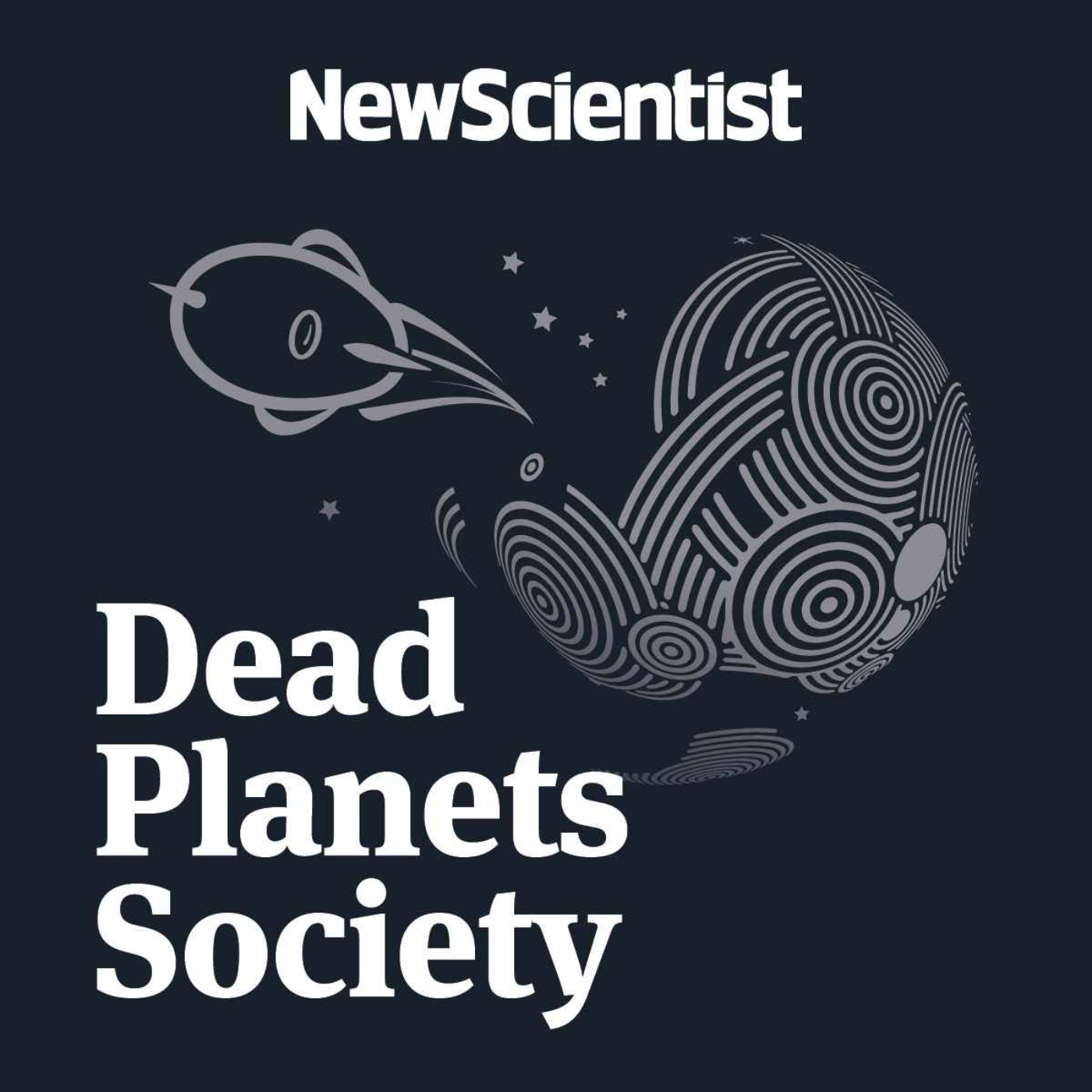
1. Dead Planets Society: How to Destroy A Black Hole
24:59How do you destroy a black hole? Turns out they're pretty tough cookies.Kicking off a brand new series of Dead Planets Society, Chelsea Whyte and Leah Crane take on the universe's most powerful adversaries. With the help of their cosmic toolbelt and black hole astronomer Allison Kirkpatrick at the University of Kansas, they test all the destructive ideas they can think of.Whether it’s throwing masses of TNT at it, blasting it with a t-shirt gun full of white holes, loading it up with a multiverse worth of matter, or sending it back in time – they try everything to kill a black hole. Will they succeed?Dead Planets Society is a podcast that takes outlandish ideas about how to tinker with the cosmos – from punching a hole in a planet to unifying the asteroid belt to destroying the sun – and subjects them to the laws of physics to see how they fare.Your hosts are Leah Crane and Chelsea Whyte.If you have a cosmic object you’d like to figure out how to destroy, email the team at deadplanets@newscientist.com. It may just feature in a later episode…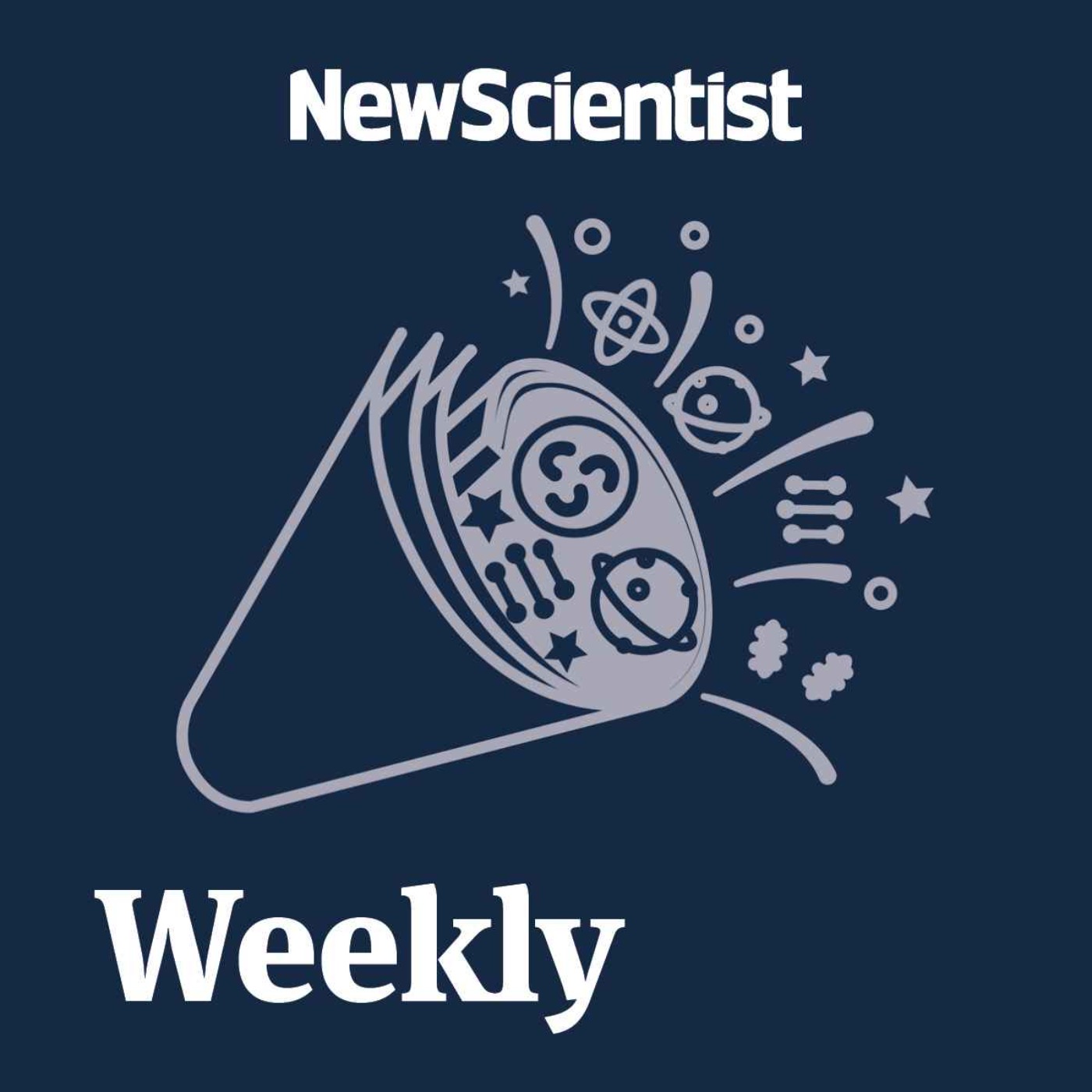
245. Weekly: The multiverse just got bigger; saving the white rhino; musical mushrooms
29:29#245The multiverse may be bigger than we thought. The idea that we exist in just one of a massive collection of alternate universes has really captured the public imagination in the last decade. But now Hugh Everett’s 60-year-old “many worlds interpretation”, based on quantum mechanics, has been upgraded.The northern white rhino is on the brink of extinction but we may be able to save it. Scientists plan to use frozen genes from 12 now dead rhinos to rebuild the entire subspecies. But how do you turn skin cells into actual rhinos and will it work?A single-celled alga has done something thought to have happened just three times in the entire history of life on Earth. Braarudosphaera bigelowii has formed a unique bond with a bacterium living inside it and has developed a new cellular structure. This organelle may be why this alga became so successful and widespread.We’ve got a new way of looking for aliens without having to go planet hopping. The method involves scouting the universe for planets that are close together and look similar to each other – hinting that an advanced civilisation may have colonised them.We’ve had the orbits of the planets turned into music, we’ve heard the sonification of data and even heard what a black hole sounds like. This time, it’s the turn of mushrooms. Musician and artist Brian D’Souza has used a process called biosonification to produce musical tones from Shiitake and Reishi mushrooms. Learn more about Brian D’Souza here. And get details of his live performance on April 19th here.Plus, we mark the passing this week of Peter Higgs, who first proposed the existence of the Higgs boson and later won the Nobel Prize for his efforts.Hosts Timothy Revell and Rowan Hooper discuss with guests Karmela Padavic-Callaghan, Michael Le Page and Corryn Wetzel. To read more about these stories, visit newscientist.com.